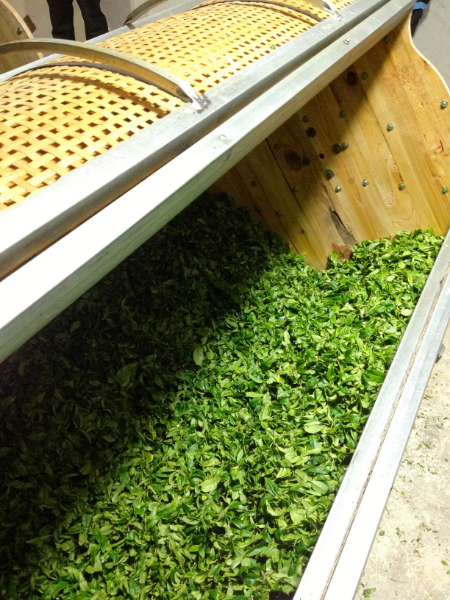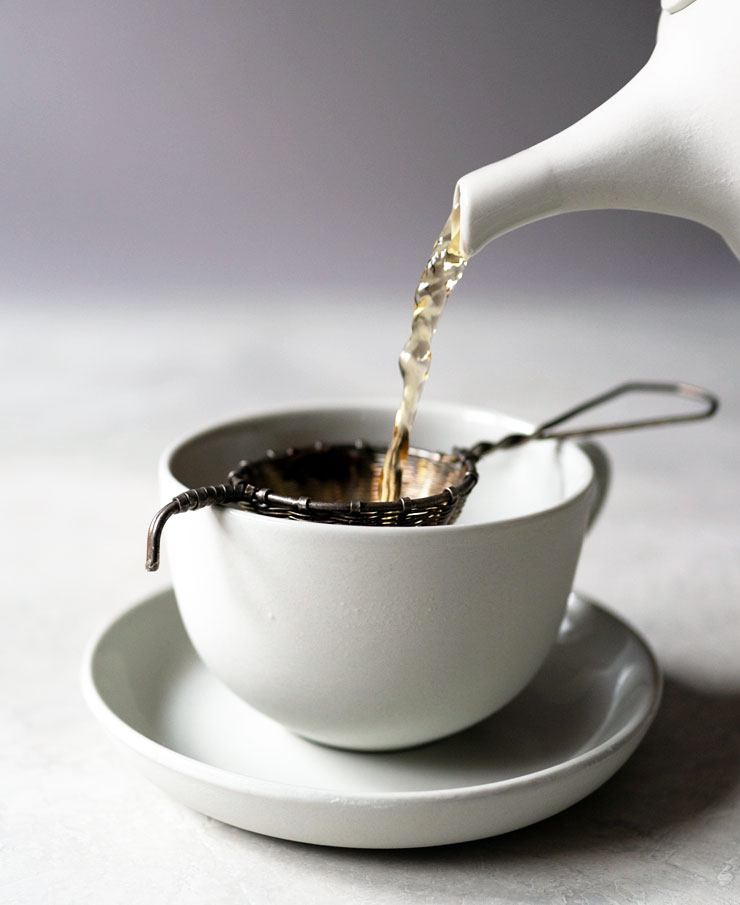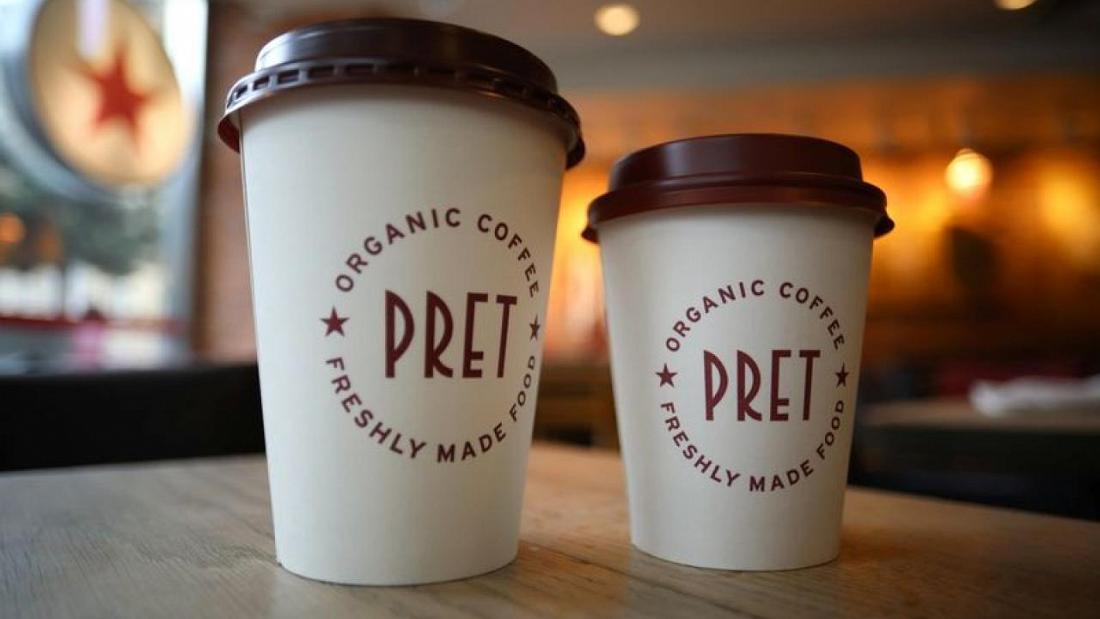Dahongpao, Tieguanyin, Phoenix Dancong and other oolong tea production process to explain in detail what does green tea mean?
Oolong tea is mainly produced in Chinese mainland and Taiwan and has recently been produced in India, Vietnam and Nepal. Oolong tea can be machined or made by hand. High-grade oolong tea, such as high-grade Wuyi rock tea and Anxi Tieguanyin Tea, are all made by hand. Oolong tea is neither black tea nor green tea; it belongs to the category of tea. This kind of tea is traditionally rolled, twisted or rolled into tight balls or wisps. Generally speaking, there are seven stages in the production of oolong tea. This is a very amazing process, and the most important step is the selection or harvest of leaves. 1-Green Oolong tea is usually picked 3-4 times a year in spring, summer and autumn, usually targeting mature tea. including a bud and 3-4 leaves. When the buds at the top of the shrub mature to half the size of the leaves, they are picked. The quality of tea varies with the seasons. The quality of spring and autumn tea is higher than that of summer tea. Young leaves in the earlier picking season can be used to make high-grade tea. A popular picking technique is to hold the stem with your hands up, clamp the stem with your index and middle fingers, and then gently break the stem with your thumb. Stage 2-fragile tea leaves that have just been picked will first be deliberately shaken or bruised. This is an important step to help start the oxidation process that will give oolong tea the final taste. These freshly picked leaves are cooled indoors or outdoors to remove moisture. At first, the leaves spread thinly on the bamboo mat to prevent the leaves from accumulating too much heat. At a later stage, the leaves spread thicker. The process of withering softens the tea and makes it flexible so that it does not break in the important steps of kneading. Stage 3-this is a key stage in the process, which is accomplished in the process of continuous withering. In the process of withering and scraping, the tea is oxidized. The degree of oxidation of oolong tea varies from 8% to 80%, so the color and taste of oolong tea vary according to the goals of tea producers. The process of scraping takes away moisture and the smell of grass. The general principle of bruising is: "heavy blood stasis light withering, light blood stasis serious wilting." The dried tea leaves are shaken in the bamboo basket and then pressed with their hands to scratch the edges, expose the tea juice to the air and speed up the oxidation process. The leaves are then unfolded to slow oxidation and other chemical changes. Then repeat the vibration-rest process several times. When the edges of the leaves begin to turn red and the leaves produce aroma, the process stops.

The fourth stage-once the tea is oxidized to the desired level, heating will stop the oxidation process and begin to dry the tea. Bruised leaves are fried at high temperatures to kill enzymes and block the oxidation process. This process is called immobilization because it lasts for a short time and the main purpose is to kill the enzyme and stop oxidation. The fifth stage-the process of rolling helps tea develop its unique appearance and flavor profile. Further kneading exposes the chemical composition of the tea to oxygen and promotes the oxidation process. When the rolling process occurs, the tea will form a certain shape. In this process, pressure is applied to make the juice secrete. These juices interact to form new compounds. Some of the tea will be absorbed back. Some are left outside and then make the tea brew faster. According to different varieties, oolong tea can be divided into long roll (Wuyi rock tea), semicircle (Taiwan Dongding tea) and Yuanyuan (Anxi Tieguanyin Tea tea). Stage 6-the baking process is divided into two parts. The first process is called "Mao Hong", and the second process is called "Zhu Hong". In the hair red, apply high calories in a short period of time. This is a very fast process and removes moisture, stabilizes chemical shape and freezes appearance. In bamboo red, tea is treated at low temperature for a long time. This is a very important stage because the tea maker usually decides how much "fire" to add to the tea. The extra slow baking improves the color and aroma of the tea. A variety of fuels are used in this process, and the type of fuel will affect the quality of tea. Charcoal is the best, followed by wood, electricity, natural gas, oil and coal.
The seventh stage-sorting, cooling and packaging this is the final stage of oolong tea processing. Classify the leaves and remove unqualified leaves and twigs. Once the tea leaves are completely dry, experts will divide them into different groups of similar size and color to produce different kinds of tea. Each batch of tea has a different industrial grade, depending on the number of whole leaves, broken leaves or unopened leaves in the batch.
Important Notice :
前街咖啡 FrontStreet Coffee has moved to new addredd:
FrontStreet Coffee Address: 315,Donghua East Road,GuangZhou
Tel:020 38364473
- Prev

The ten rules of the correct way of brewing Earl Grey Tea and English breakfast black tea in the West is that black tea is as astringent as possible? Can I add milk to my black tea?
Can only make tea with Indian tea or Ceylon tea. "first of all. Indian tea or Ceylon tea should be used. If you drink it, you won't feel smarter, braver or more optimistic. Anyone who has ever said "a good cup of tea"
- Next

Which brand is good for a fully automatic coffee machine? JDE Peet's and Pret, parent companies of Pier Coffee, launch self-service coffee machines in the UK.
A coffee brand launched a self-service coffee machine with no cash and no one. For some social and terrorist people, it is really hard to have a conversation with others. When some items are urgently needed but can only be bought, roadside unmanned vending machines are really good news for social fears. Have you ever gone to a cafe and ordered a cup of coffee?
Related
- The milk tea cup becomes smaller?! Overlord Tea Girl launches a new "Return to Yunnan" series
- Accused of selling counterfeit and high-priced coffee beans! Well-known boutique coffee brand "Oukelao" bowed and apologized!
- How to make espresso dumplings? Can I eat coffee and glutinous rice balls together?
- Save the unformed and stagnant powder cakes in one second! What is the problem with stagnant water in the powder bowl of the espresso machine?
- What does hand-brewed coffee stop mean? Why is it not recommended to make coffee by hand?
- Is it normal to smell like coffee? Why does coffee smell like alcohol? What's wrong with the strong smell of cold extract ice dripping ice brewed coffee?
- How to solve the problem that hand-brewed coffee extraction takes too long? Why is the water flowing so slowly when making coffee?
- The main points of making Australian white coffee, the proportion details, how does Australian white properly foam and blend the flowers?
- Can ice water make cold extract coffee? What is the difference between room temperature water and ice water for making cold coffee?
- What milk is best for making latte and white Dirty coffee? What is the difference between different brands of fresh milk and pure milk for making coffee?

